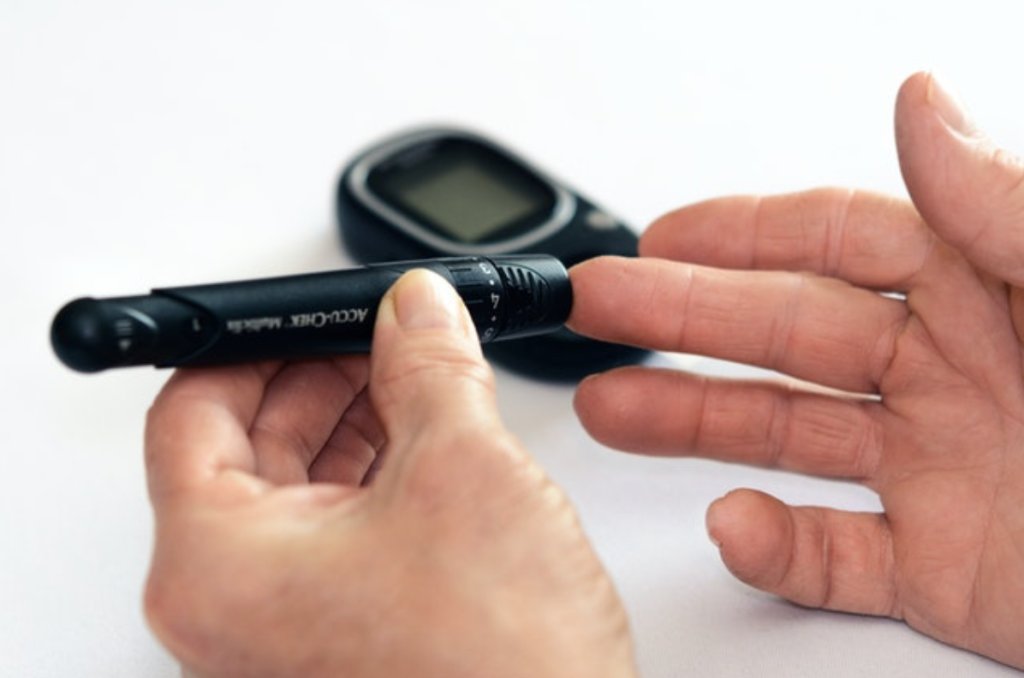
Medical devices are a critical part of the healthcare industry. They play an important role in diagnosing and treating patients. But how are medical devices made? And what is involved in the manufacturing process? In this blog post, we will provide an easy guide to understanding how medical devices are made. We will discuss the different stages of production, and highlight some of the key components and processes involved. So if you’re curious about how your favorite medical device is manufactured, keep reading!
Here is the list of steps how medical devices are made:
- Research and manufacturing
- Designing a prototype
- Production engineering and testing
- Filling and sterilizing the medical device
Research and manufacturing
Medical devices are subject to a lot of regulation in order to ensure patient safety. The FDA must approve all medical devices before they can be used on humans. In order to get approval, companies must submit extensive documentation about their product, including data from clinical trials.
Once a device is approved, it can be manufactured and sold. However, the FDA continues to monitor devices after they hit the market. If there are any problems with a device, the FDA can issue a recall.
Making sure medical devices are safe is a complex process, but it’s important to ensure that patients receive the best possible care.
Designing a prototype
Designing a prototype is the first step in creating a medical device. This process begins with an idea, which is then transformed into a physical model. According to experts from https://www.polarseal.net/services/medical-tape-converter/, the prototype is used to test the feasibility of the design and to make sure that it meets all the requirements. Once the prototype is complete, it is ready for mass production.
The prototyping phase can be divided into three main steps: concept development, CAD modeling, and prototyping.
Concept development is the first step in designing a prototype. This stage involves brainstorming ideas and developing them into potential designs. The goal of this phase is to create a design that meets all the requirements and is feasible to manufacture.
CAD modeling is the second step in designing a prototype. This stage involves creating a three-dimensional model of the design using computer-aided design (CAD) software. The CAD model is used to create the final prototype.
Prototyping is the third and final step in designing a prototype. This stage involves creating a physical model of the design using various methods, such as machining, casting, or injection molding. The purpose of this phase is to test the feasibility of the design and to make sure that it meets all the requirements.
Production engineering and testing
Production engineering is the process of designing and developing a product, from its initial conception through to its eventual manufacture. In the case of medical devices, this includes everything from developing the initial prototypes to mass production. Testing is a vital part of this process and helps to ensure that each device meets all the necessary safety and performance standards before it reaches patients.
There are several different types of tests that medical devices must undergo during production, including functional testing, which checks that the device performs as intended; reliability testing, which assesses how well the device holds up under real-world conditions; and usability testing, which ensures that users can operate the device safely and effectively. Production engineers work closely with test engineers to ensure that every device meets all the necessary standards before it is released.
Filling and sterilizing the medical device
Filling and sterilizing the medical device is a critical step in the manufacturing process. Medical devices must be sterile when used on patients. To achieve this, the devices are first cleaned and then subjected to a sterilization process. The type of sterilization used depends on the materials from which the device is made and the intended use of the device. Common methods of sterilization include autoclaving, ethylene oxide (EO) gas, and gamma irradiation. After sterilization, the devices are filled with their intended contents-such as medication or saline solution-and then sealed. Once again, strict quality control measures are in place to ensure that each filled and sealed device meets all safety and efficacy requirements before it is shipped to customers.
What do you need to know before you buy a medical device?

When you are looking to buy a medical device, there are several things you need to take into consideration. The first is what the device will be used for. There are many different types of medical devices on the market, and each one is designed for a specific purpose. If you do not know what you need the device for, it is important to consult with a doctor or other medical professional before making your purchase.
The next thing to consider is whether or not the device has been approved by the FDA. All medical devices sold in the United States must be FDA-approved before they can be marketed and sold to consumers. You can check to see if a particular device has been approved by visiting the FDA website.
Medical devices are subject to some of the most stringent regulations in any industry. In order to obtain approval to sell their products, manufacturers must first submit extensive documentation to the relevant authorities, outlining the design, manufacture, and testing of their devices. This process can take many months or even years, but it is essential in order to ensure that patients receive safe and effective treatments.








